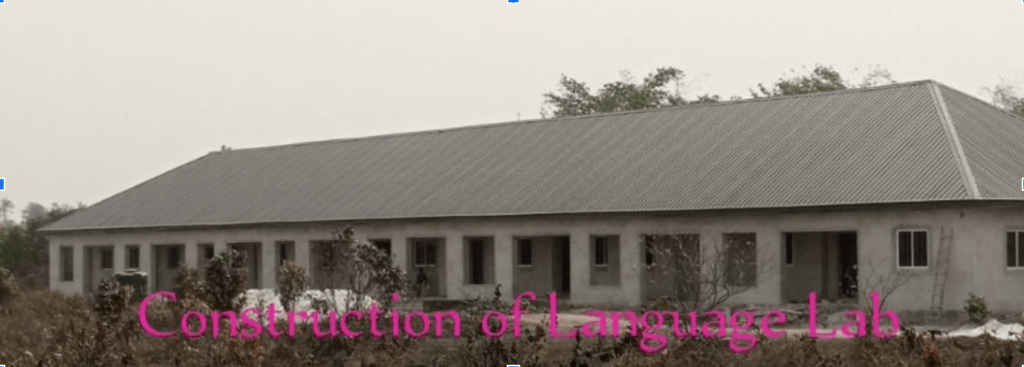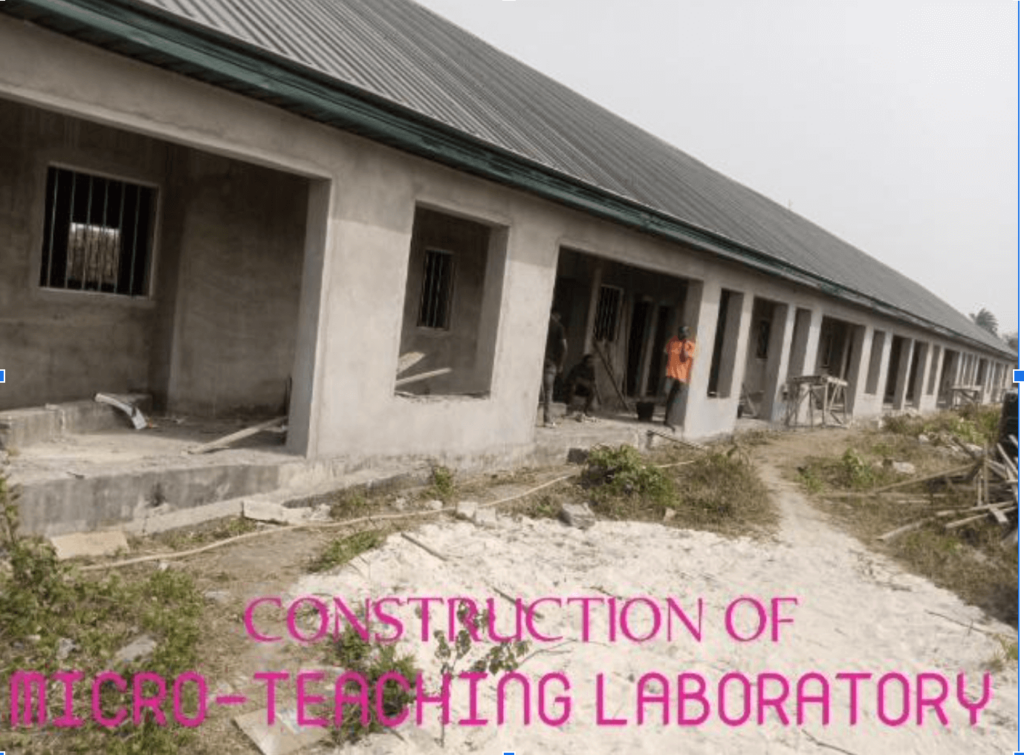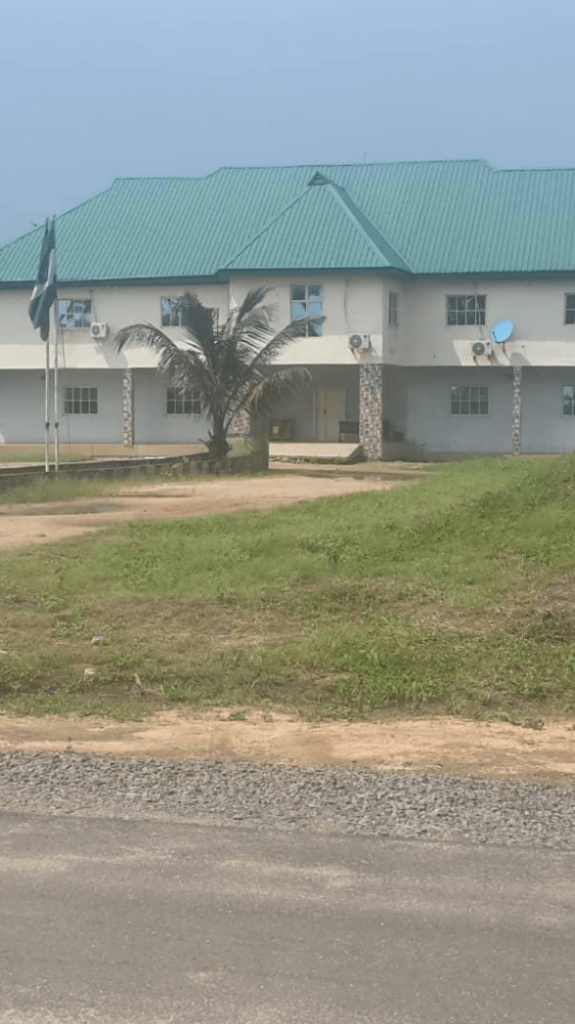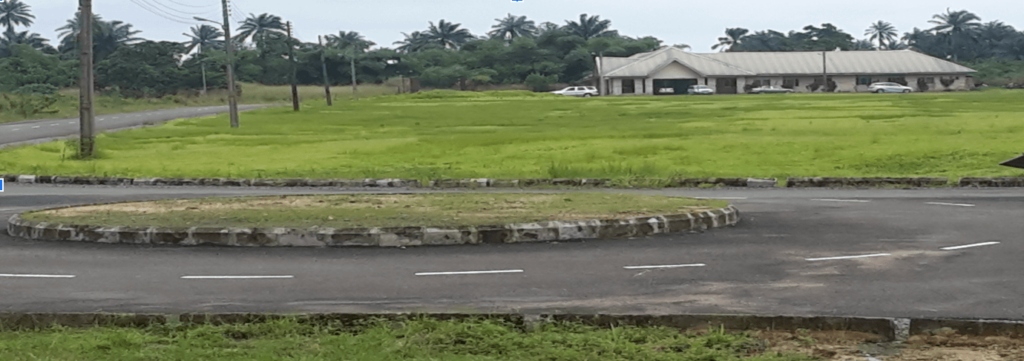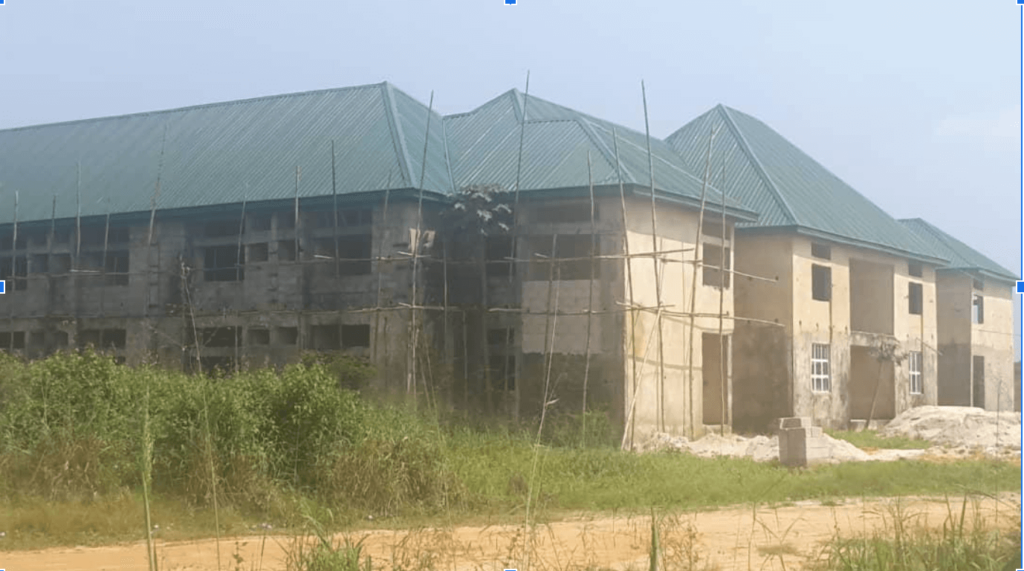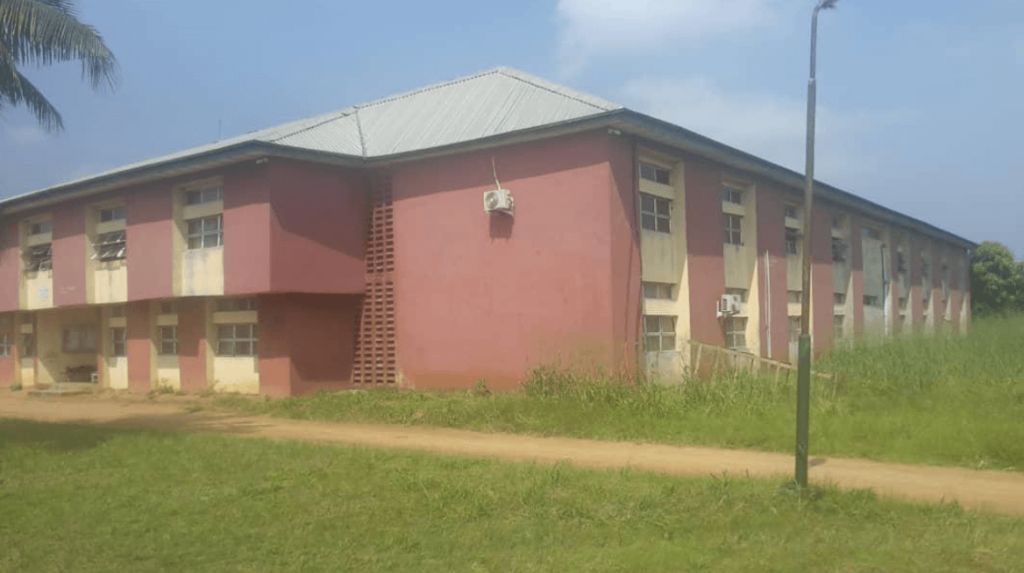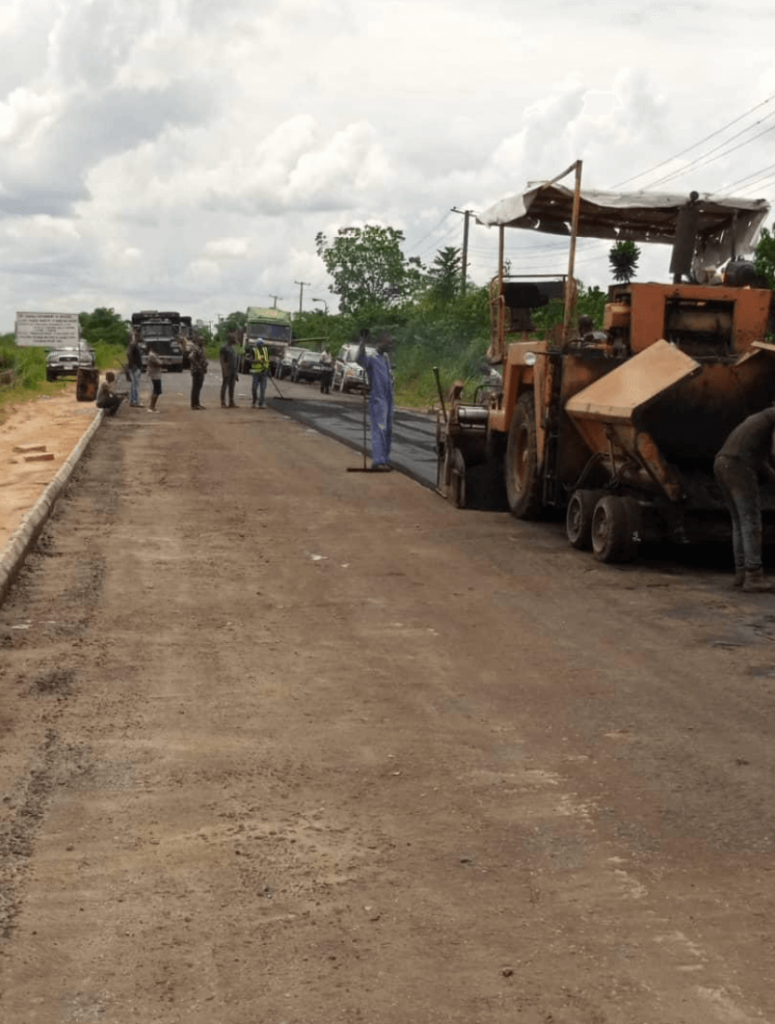NATIONAL INSTITUTE FOR NIGERIAN LANGUAGES (NINLAN), ABA
…all Languages In One, …Ide Ji Asusu Naijiria, …ikorita Gbogbo Ede Ile Naijeria, …cibiyar Harsunan Najeria
- About NINLAN
- Schools
School of Linguistics & Nigerian Languages
Division of General Studies
- Administration
- Admission
- E-Portal
- Centres
- CDeL
Centre for Distance and e-Learning (CDeL)
- Enterprises
- Staff Schools
- Contact
- About NINLAN
- Schools
School of Linguistics & Nigerian Languages
Division of General Studies
- Administration
- Admission
- E-Portal
- Centres
- CDeL
Centre for Distance and e-Learning (CDeL)
- Enterprises
- Staff Schools
- Contact



